🔥June - Github Most Trending Repositories

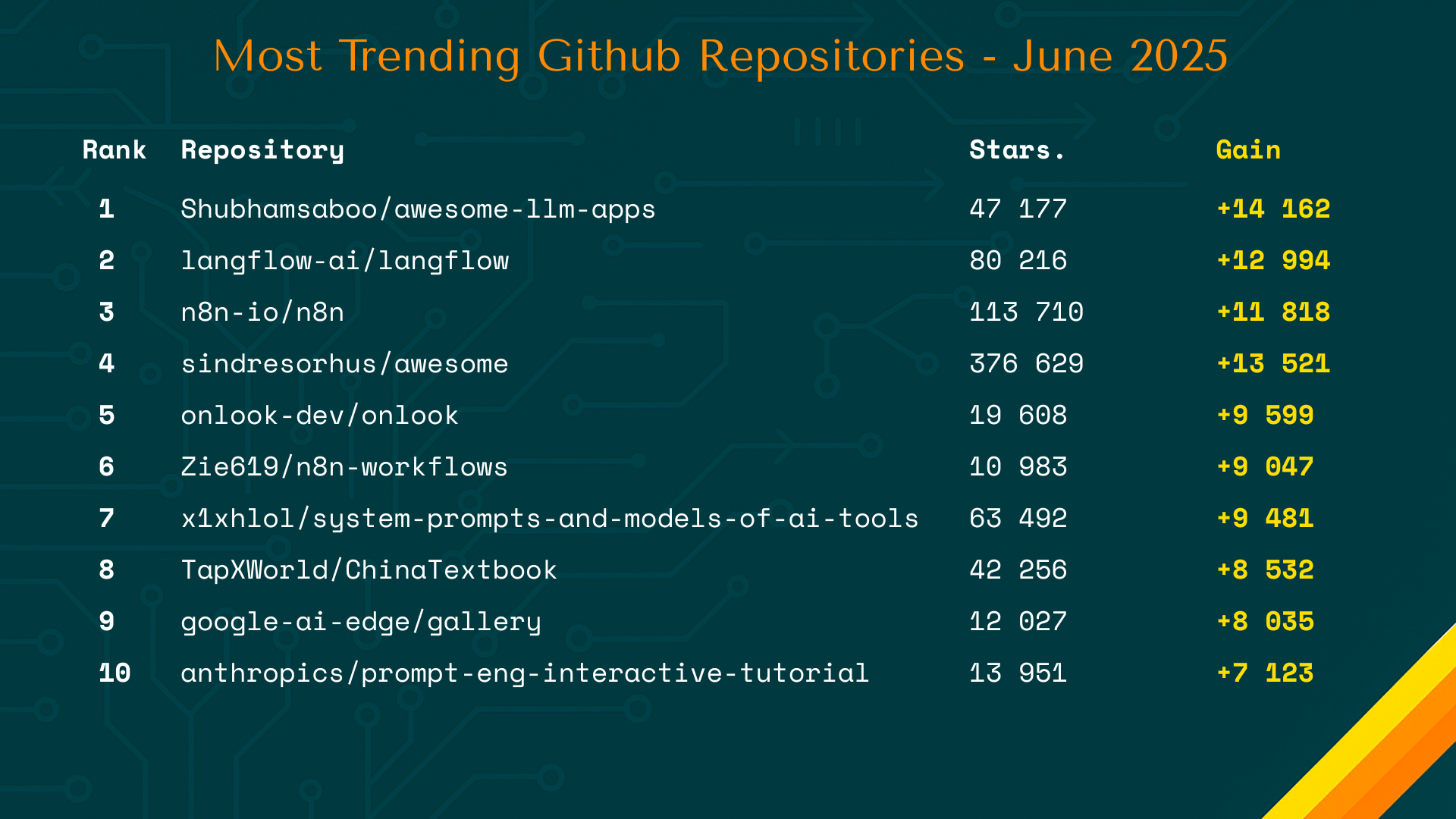
AI-related repositories have completely taken over this month's trending list. Given the rapid evolution of the field and its expanding reach beyond traditional tech circles, this dominance isn't surprising. Rather than cover every AI repo, I've split this analysis into two parts:
Part 1: Trending AI-related repositories
Part 2: Notable non-AI repos making waves in June
AI related Repositories
Langflow
Langflow is a visual framework for building multi-agent and RAG applications. It is open-source, and LLM and vector store agnostic.
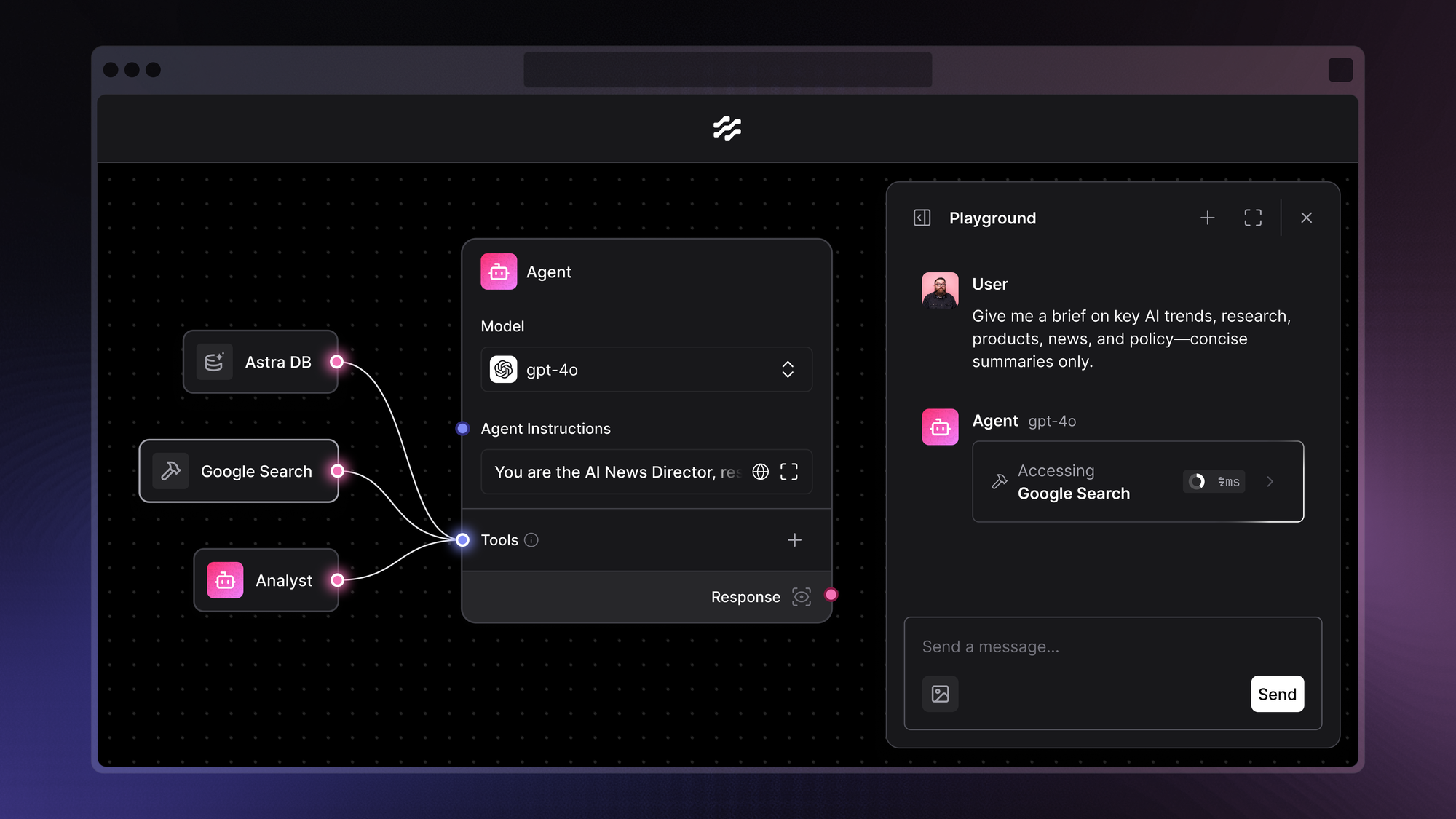
Langflow’s drag-and-drop interface allows you to create complex AI workflows without writing extensive code. It is quite intuitive and easy to set up.
In my opinion, it's a great way to prototype agentic workflows. I’ve had a great time using LangGraph for this in the past, but at the moment, I tend to start the design phase with Langflow. Once I’ve refined the workflow, I usually switch to LangGraph when moving toward production.
n8n
n8n is a workflow automation tool. It allows users to connect different applications and services together to automate repetitive tasks
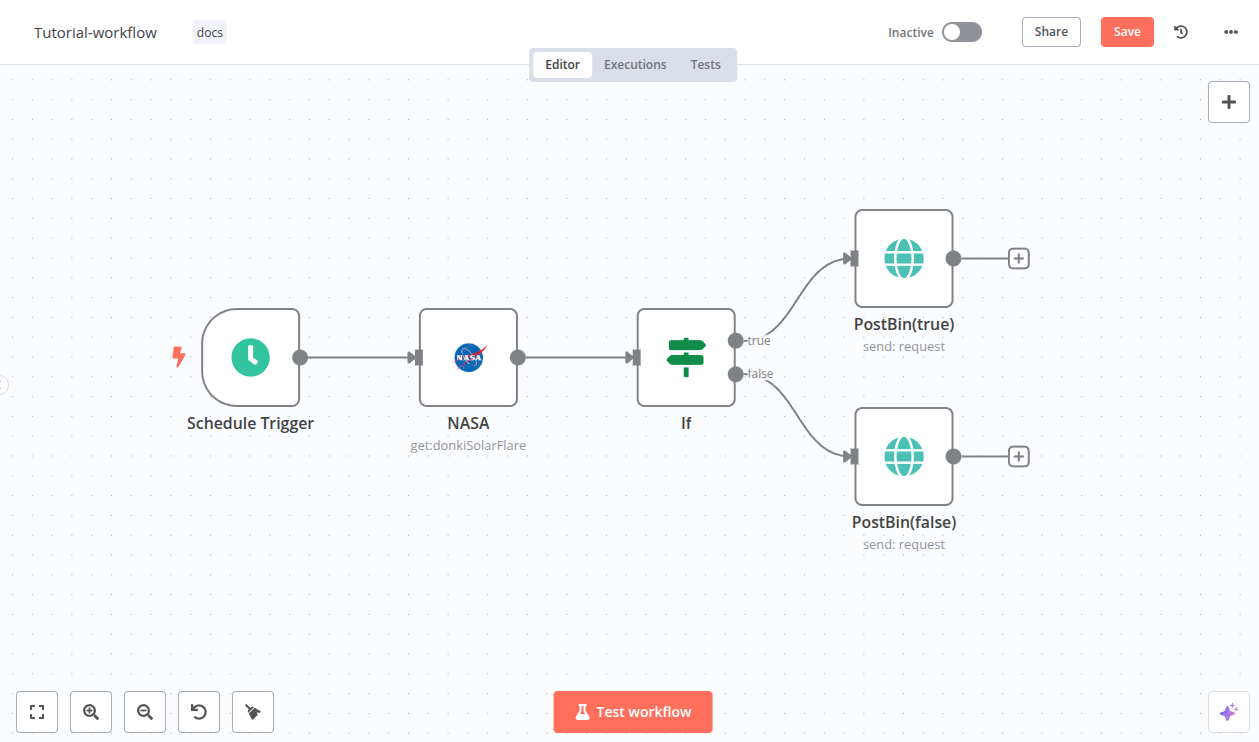
Think of it as a developer-friendly Zapier alternative with greater flexibility and control. A typical n8n workflow might:
- Trigger via webhook or schedule
- Fetch new entries from Airtable
- Send data to OpenAI for summarization
- Post results to a Slack channel
Onlook
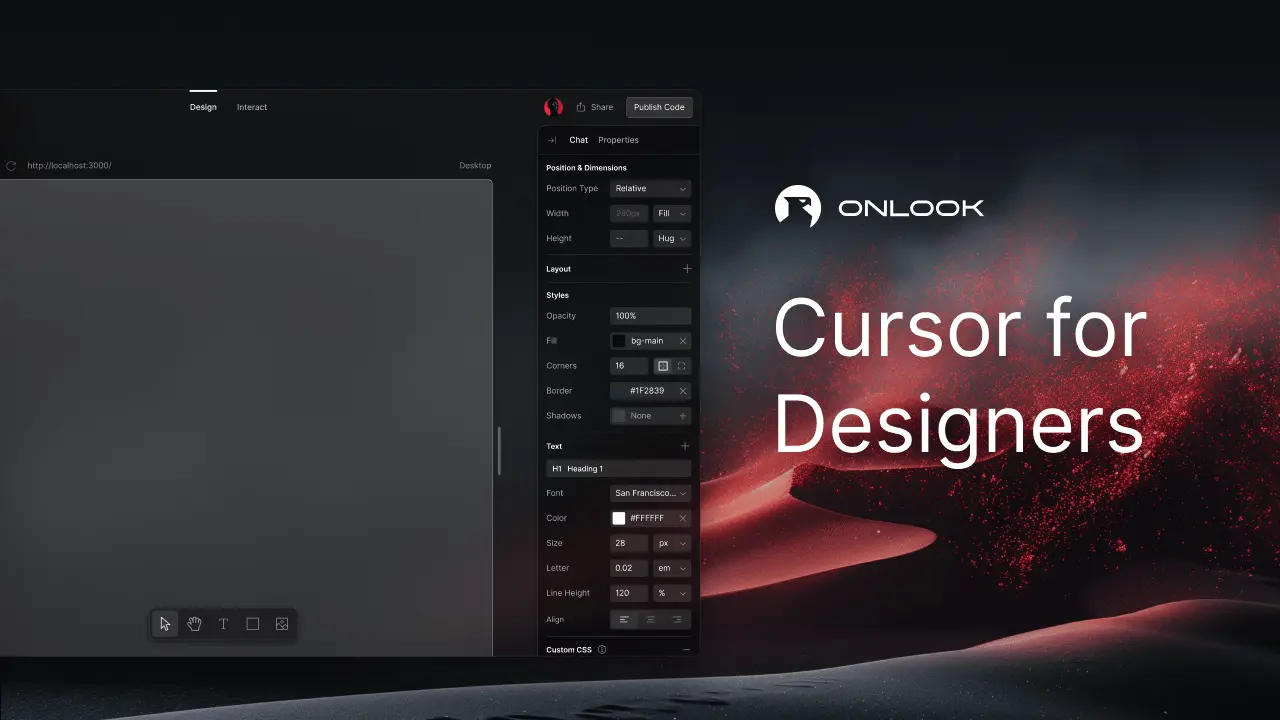
Branded as the "Cursor for Designers," Onlook aims to be an open-source alternative to solutions like Bolt.new, Lovable, or Figma Make. You can use Onlook to craft websites, prototypes, and designs with AI in Next.js and TailwindCSS. You're directly editing the browser DOM with a visual editor.
I'm rarely involved in frontend development, so I’m not able to properly judge the limitations of the tool, its ability to generate usable boilerplate, or how easy it is to transition toward production.
However, I really like this type of approach for prototyping, as it helps bridge the gap between developers and product managers.
gallery
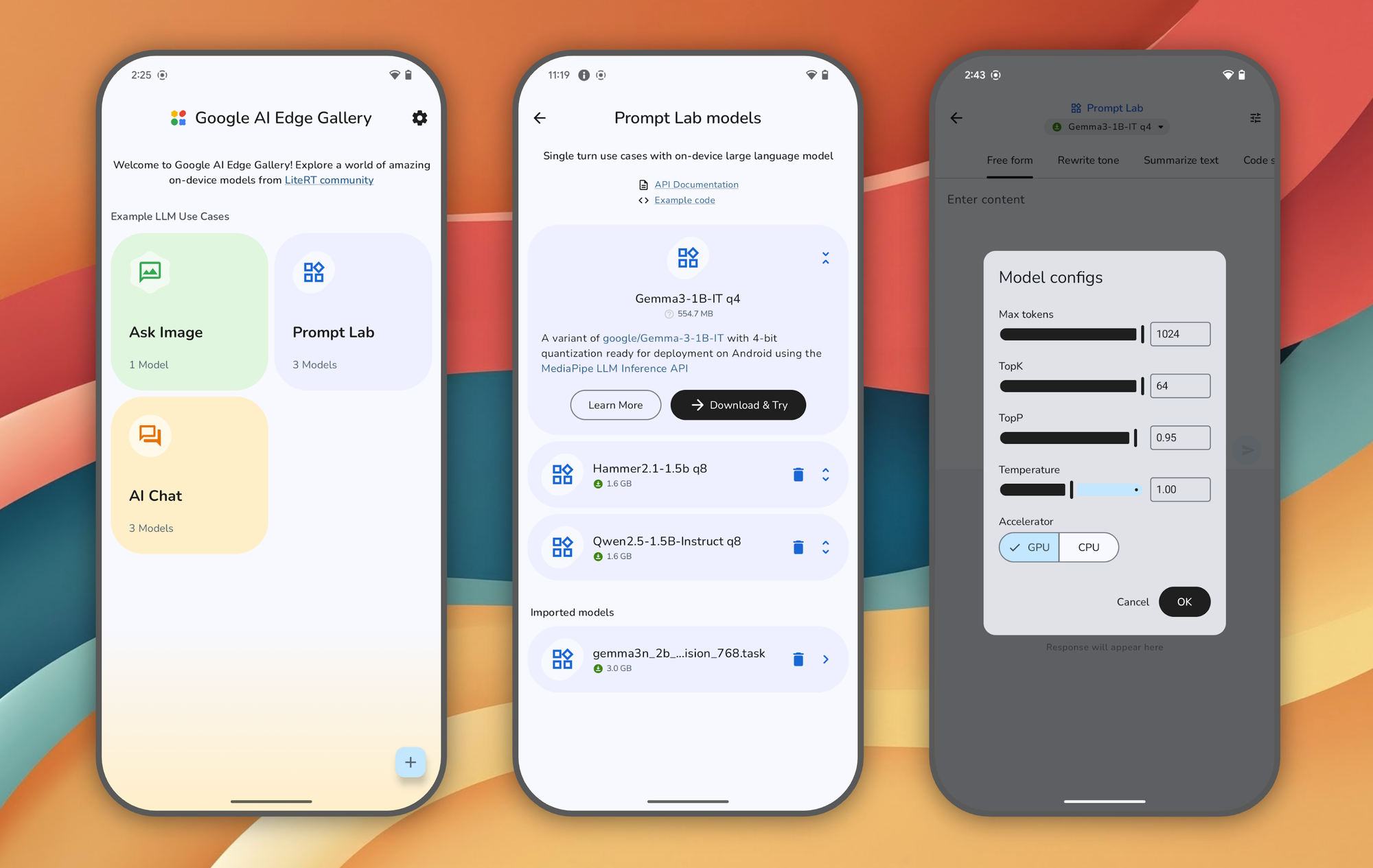
The Google AI Edge Gallery is an experimental app that allows you to try the latest Generative AI models directly on your smartphone. It runs entirely on your Android device (available now) and iOS (coming soon).
The gallery operates locally and doesn’t require an internet connection once the model is loaded. With it, you can try different models, chat, and ask questions using images.
It’s not clear whether this is an official app by Google, but most of the active members of the project appear to be Google developers.
Non AI Related Repositories
quarkdown
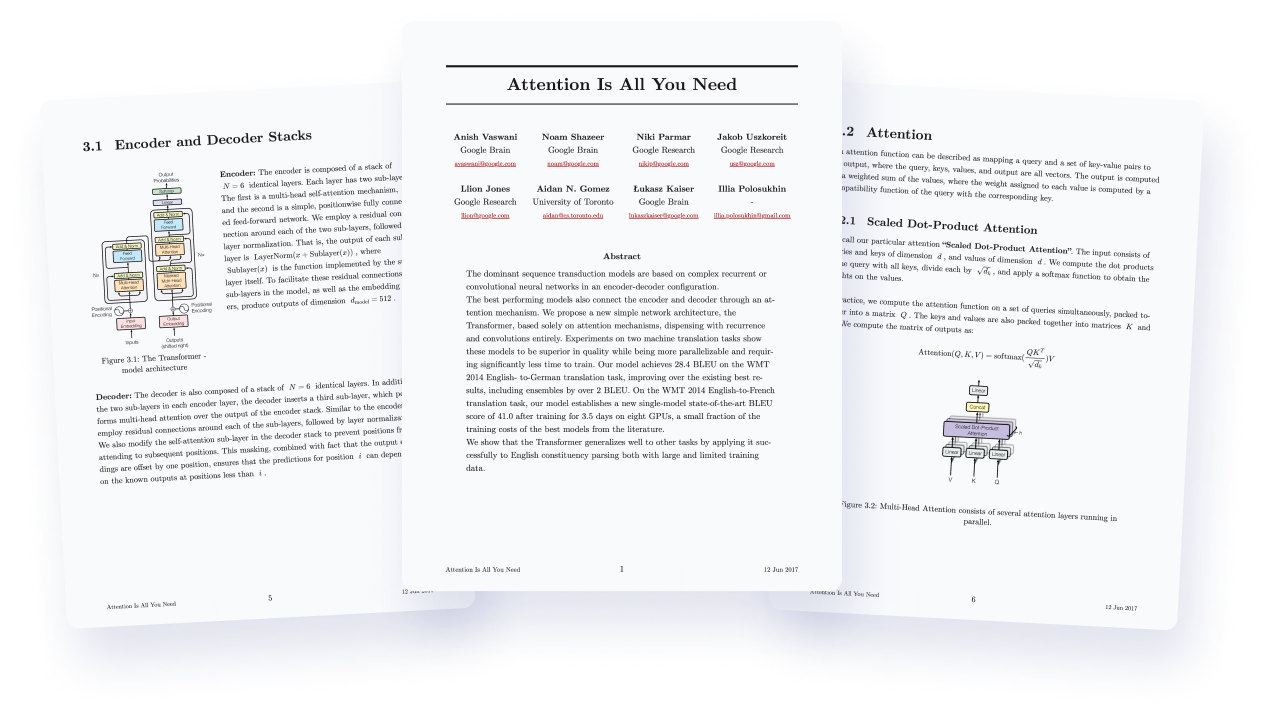
Quarkdown is a modern Markdown-based typesetting system. I personally see it as a hybrid between Markdown and LaTeX. I've always found Markdown to be really simple but limited, and LaTeX to be too much of a burden for smaller reports.
I'm not exactly sure what type of documents Quarkdown is targeting, but it seems well-suited for lightweight research reports, internal documentation, or technical notes—cases where Markdown feels too basic and LaTeX too heavy.
This repository has been trending hard over the past month, jumping from 928 stars to 7,976 (+7,048) ranking 12 in our analysis, suggesting it's resonating with a lot of developers or researchers.
FreeDomain
FreeDomain is an open-source project that helps you set up your own self-hosted domain name service, effectively giving you a free and private alternative to traditional domain registrars.
I think it's a really great initiative—especially since I love free tools. My only criticism is that the available domain extensions (.dpdns.org, .us.kg, .qzz.io, .xx.kg) are a bit unappealing.
Regarding the ranking method
Regarding the ranking method: I take daily snapshots of all GitHub repositories with more than 500 stars and calculate a trend score using the following approach:
TrendScore = Δ × w
- Δ = ShareRecent - ShareAll
- w = log(1 + RecentGain)
- ShareRecent = RecentGain / TotalRecentGain
- ShareAll = AllTimeGain / TotalAllTime
This allows me to capture truly trending repositories without relying solely on the number of stars gained—which tends to favor the largest repos—or on relative growth, which often highlights only smaller projects.
Member discussion